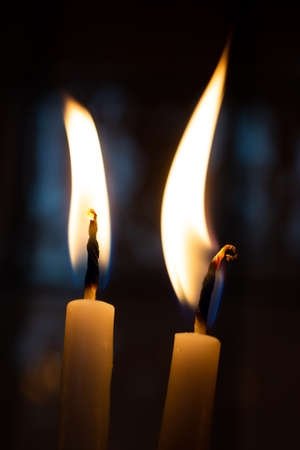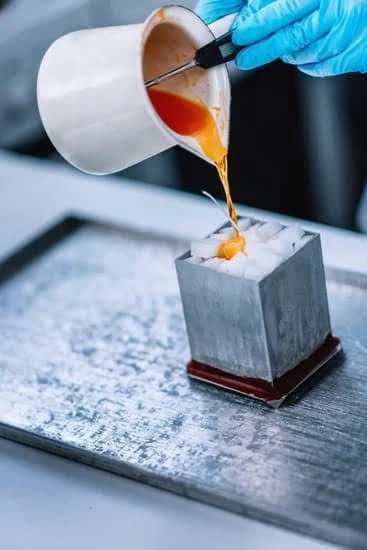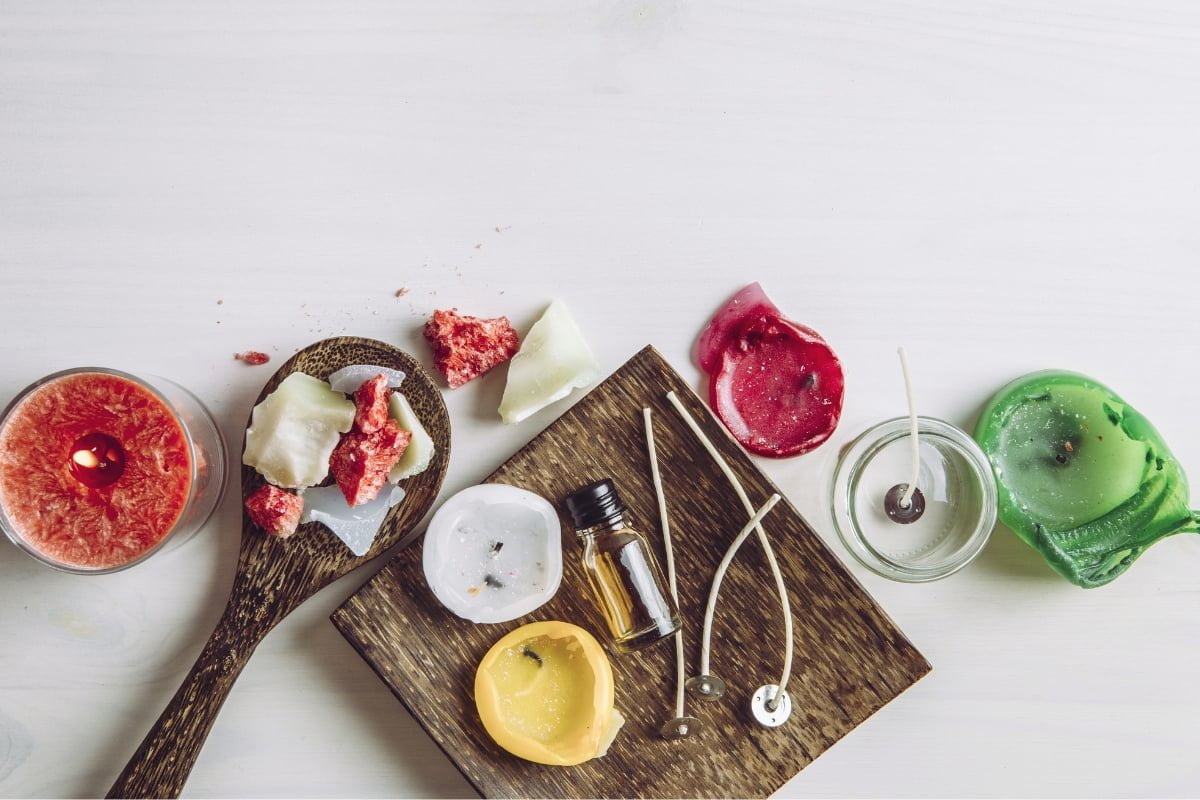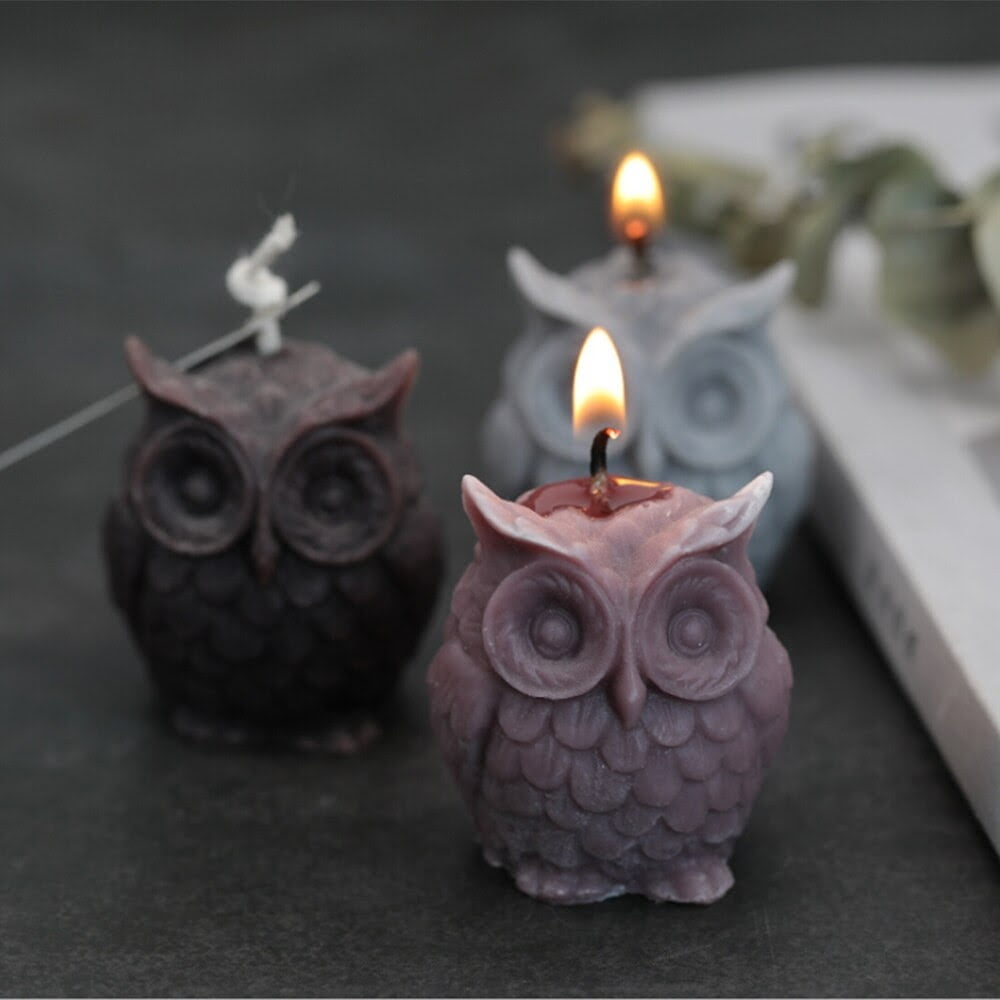Making wax at home for candles allows you to create beautiful, customized candles that are perfect for both personal use and gift-giving. The process of making your own wax at home may seem intimidating at first, but the benefits are numerous. From the ability to choose your desired type of wax to adding personalized colors and fragrances, making wax at home can be a rewarding and enjoyable experience.
Whether you’re a seasoned candle maker or someone looking to delve into a new creative hobby, making your own wax at home offers unique advantages. In this article, we will explore the various types of wax available for candle making, essential equipment needed for this DIY project, and provide a step-by-step guide to help you successfully create homemade wax for your candles.
While purchasing pre-made candle-making supplies is convenient, there is something special about crafting every aspect of your candles from scratch. The effort put into making wax at home is worth it when you see the final result – high-quality, personalized candles that reflect your creativity and style. Stay tuned as we dive into the exciting world of making wax at home for candles.
Types of Wax for Candle Making
When it comes to making your own wax at home for candles, it’s essential to understand the different types of wax available and their pros and cons. The most common types of wax for candle making include paraffin, soy, beeswax, and palm wax. Each type of wax has its own unique characteristics that can affect the quality and outcome of your homemade candles.
Paraffin wax is the most commonly used type of wax for candle making due to its affordability and ability to hold color and fragrance well. However, it is a byproduct of petroleum refining, which raises environmental concerns for some individuals. On the other hand, soy wax is a natural alternative that is biodegradable, renewable, and burns cleaner than paraffin.
Beeswax is another popular choice known for its naturally sweet aroma and long-lasting burn time. Palm wax is derived from palm oil and produces beautifully crystalline candles but has sparked controversy over deforestation issues.
Choosing the best wax for your candle making needs depends on factors such as cost, environmental impact, burn time, scent throw, appearance, and personal preferences. It’s important to weigh the pros and cons of each type of wax before deciding which one will work best for your homemade candles.
Regardless of which type of wax you choose for candle making, experimenting with different waxes can be an exciting journey that allows you to discover what works best for you as a candle maker. Whether you’re interested in creating traditional paraffin candles or exploring eco-friendly options like soy or beeswax candles, understanding the benefits and drawbacks of each type of wax will help you achieve successful results when making your own candles at home using melting-wax techniques.
Essential Equipment for Making Wax at Home
Making wax at home for candles requires a few essential tools and equipment to ensure the process goes smoothly. Here’s a look at what you’ll need to get started:
List of Necessary Tools and Equipment
To make wax at home for candles, you’ll need a double boiler or a makeshift version using a heatproof bowl over a pot of simmering water. A thermometer is essential for monitoring the temperature of the wax, while a stirring tool, such as a wooden spoon or spatula, will be necessary for mixing the ingredients. Additionally, you’ll need molds for shaping your candles, wick holders to keep the wicks centered, and wick trimmers for maintaining an even burn.
Where to Find and Purchase the Equipment
Many of the necessary tools and equipment for making wax at home can be found at craft stores or online retailers that specialize in candle making supplies. It’s also possible to repurpose items from around your home, such as heatproof glass containers for melting wax and disposable chopsticks as makeshift wick holders.
Tips for Using the Equipment Effectively
When working with your equipment, it’s important to pay attention to safety guidelines and proper usage. Ensure that all tools are clean and free from any residue that could potentially affect the quality of your homemade wax. Additionally, follow manufacturer instructions when using specific equipment to achieve optimal results in your candle making endeavors.
With the right tools and equipment in hand, you’ll be well-prepared to embark on your journey of creating beautiful homemade candles by making wax at home.
Step-by-Step Guide to Making Wax at Home
Making wax at home for candles can be a fun and rewarding experience. Not only does it allow you to customize the color and fragrance of your candles, but it also gives you the satisfaction of creating something unique with your own hands. In this section, we will walk you through the step-by-step process of making wax at home for candles, providing tips for success and common mistakes to avoid along the way.
Gathering Supplies and Ingredients
Before you begin making wax at home for candles, you will need to gather all the necessary supplies and ingredients. This includes wax, a double boiler or melting pot, a thermometer, fragrance oils or essential oils (if desired), candle dye (if coloring your wax), wicks, and containers for your candles. It’s important to make sure that all your equipment is clean and free from any debris that could affect the quality of your homemade wax.
Melting the Wax
The first step in making wax at home for candles is to melt the wax. Using a double boiler or melting pot, heat the wax to the proper temperature according to the type of wax you are using.
It’s important to monitor the temperature carefully and avoid overheating the wax, as this can affect the quality of your candles. Once the wax has reached the correct temperature, you can add any desired fragrance oils or essential oils as well as candle dye if you want colored candles.
Pouring and Setting
After adding any fragrance or color to your melted wax, it’s time to pour it into your chosen containers with pre-tabbed wicks in place. Allow the candles to cool and set completely before trimming the wicks and enjoying your homemade creations. It’s important to follow these steps carefully and patiently in order to create beautiful homemade candles that not only look great but also burn evenly and safely.
By following this step-by-step guide, you can successfully make high-quality wax at home for candles. With practice and patience, you can hone your skills in candle making while enjoying this creative hobby.
Adding Color and Fragrance to Homemade Wax
To add color to your homemade wax, you can use liquid candle dyes that are specially formulated for use in candles. These dyes come in a wide range of colors and are highly concentrated, so only a few drops are needed to achieve vibrant hues. Dye chips are another option for coloring your wax. These small, colored pieces of dye are added directly to the melted wax and provide consistent and intense colors.
When it comes to adding fragrance to your homemade wax, it’s important to choose high-quality essential oils or fragrance oils that are specifically designed for candle making. Essential oils are derived from natural plant sources and can provide a subtle and authentic scent for your candles. On the other hand, fragrance oils are synthetic blends that offer a wide range of scents, from floral and fruity to exotic and seasonal aromas.
| Types of Wax | Pros & Cons |
|---|---|
| Soy Wax | Pros – Clean burning Cons – Can be tricky to work with |
| Paraffin Wax | Pros – Affordable Cons – Not natural |
| Beeswax | Pros – Long-lasting Cons – Expensive |
Overall, adding color and fragrance is an enjoyable step in the candle-making process that allows you to create unique and customized candles. By experimenting with different colors and scents, you can make beautiful candles that not only look stunning but also fill your space with delightful fragrances.
It’s important to follow recommended guidelines for the amount of dye or fragrance oil to add based on the type and quantity of wax you are using in order to achieve optimal results.
Troubleshooting Common Issues in Wax Making
When attempting the process of making wax at home for candles, it’s important to be prepared for potential issues that may arise during the process. Troubleshooting common problems can help salvage a batch of wax and ensure success in creating homemade candles. Here are some common problems encountered in making wax at home:
- Uneven cooling: One common issue when making wax at home is uneven cooling, which can result in a lopsided or warped candle. This can be caused by placing the candle in a drafty area or using an improperly sized wick. To solve this issue, consider moving the candles to a cooler area after they have solidified slightly and ensuring that the wick is the appropriate size for the diameter of the candle.
- Sinking or air pockets: Another problem that may occur when making homemade wax is sinking or air pockets forming within the candle. This can happen if the wax shrinks as it cools or if there are inconsistencies in pouring. To address this issue, try pouring the wax at a slightly higher temperature and gently tapping the mold to release any trapped air bubbles.
- Fragrance fading: Sometimes, fragrance oils used in homemade candles may fade over time, resulting in a less aromatic candle. To counteract this issue, consider using high-quality fragrance oils and adding them to your wax at a slightly higher temperature to help better retain their scent.
By being aware of these common issues and having solutions on hand, aspiring candle makers can troubleshoot problems as they arise and produce high-quality homemade candles through their efforts of making wax at home for candles.
Safety Precautions When Making Wax at Home
Making wax at home for candles can be a rewarding and fulfilling experience, but it’s important to remember that working with hot wax requires caution and safety measures. Here are some essential safety precautions to keep in mind when making your own wax at home:
- Wear protective gear: When working with hot wax, it’s crucial to protect yourself from potential burns or injuries. Wear heat-resistant gloves, long sleeves, and closed-toe shoes to minimize the risk of accidents.
- Work in a well-ventilated area: Be sure to set up your work area in a well-ventilated space to prevent the build-up of fumes from the melting wax. Proper ventilation will help maintain air quality and reduce the risk of respiratory issues.
- Avoid distractions: It’s important to stay focused on the task at hand when working with hot wax. Minimize distractions and keep children and pets away from your workspace to prevent accidents.
Additionally, here are some specific safety measures to take when handling hot wax:
- Use a double boiler: Instead of directly heating the wax over an open flame, use a double boiler or a dedicated wax melting pot to melt the wax safely without the risk of fire hazards.
- Handle hot tools carefully: When using tools such as a thermometer or stirring utensils in hot wax, handle them carefully and avoid splashing or spilling molten wax to prevent burns.
- Clean up spills immediately: If you do accidentally spill hot wax, clean it up immediately using the appropriate procedure for your work surface (e.g. using ice for fabric or cold water for hard surfaces) and dispose of waste materials properly.
By following these safety precautions and measures, you can create homemade candles with peace of mind while minimizing the risk of accidents or injuries. Remember that safety should always be a top priority when making wax at home for candles.
Final Thoughts and Next Steps
In conclusion, making wax at home for candles can be a rewarding and fulfilling experience. Not only does it allow for the creation of unique and personalized candles, but it also provides a sense of satisfaction in knowing that you have made something with your own hands.
The benefits of making your own wax at home include having full control over the ingredients, ensuring a clean and natural product, and the ability to tailor the fragrance and color to your preferences. While it may require some effort and dedication, the end result is well worth it.
As you consider venturing into the world of candle making, it’s important to understand the different types of wax available and choose the one that best suits your specific needs. Equally important is having the essential equipment and following a step-by-step guide to ensure success in creating your homemade wax. Additionally, do not forget to take safety precautions when working with hot wax to avoid any accidents or injuries.
So why not give it a try? Making wax at home for candles can be a fun and creative endeavor that allows you to unleash your imagination while producing something truly unique. With a little practice, patience, and perseverance, you can master the art of candle making and create beautiful products that you can enjoy or even share with others.
Remember, there are plenty of resources available if you want to delve deeper into this hobby and continue learning new techniques for creating exceptional homemade candles. The possibilities are endless.
Frequently Asked Questions
What Are the Ingredients of Candle Wax?
Candle wax typically consists of paraffin, beeswax, soy wax, coconut wax, and a variety of other natural or synthetic additives depending on the desired characteristics of the candle.
What Is the Best Wax for Homemade Candles?
The best wax for homemade candles depends on personal preference and the specific qualities desired in the finished product. Beeswax is known for its natural sweet scent and clean burn, while soy wax is popular for its eco-friendly and renewable nature.
Is It Cheaper to Make Your Own Candles?
Making your own candles can be cheaper than buying them, especially if you buy your supplies in bulk and reuse containers or materials you already have. However, it also depends on the quality of materials used and the volume of candles being made.

Welcome to my candle making blog! In this blog, I will be sharing my tips and tricks for making candles. I will also be sharing some of my favorite recipes.





